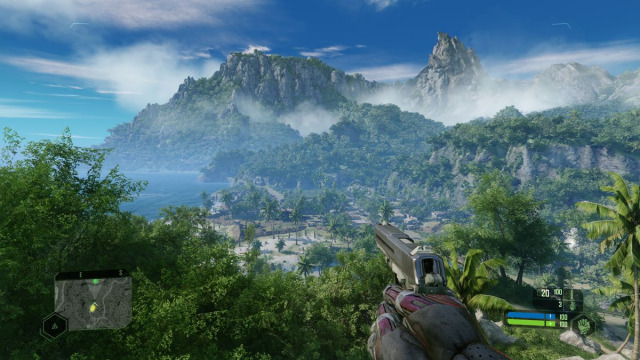How to decide for resource limits when developing games for pc? Like memory usage limit

If we're developing a cross-platform game, we aim for the best performance we can squeeze out of our lead platform. If we're targeting PS5 as our lead SKU, that's 16 gigs of RAM, 8 cores at 3.5 GHz, and so on. We aim the majority of our dev time for that first and then we adjust up/down for the other platforms we're building for to stay within reasonable performance specs.

If the game is targeting PC exclusively or as the lead platform, I've seen two different general approaches. The first of these is the "enthusiast" approach where the team is purposely aiming for high visual fidelity and high spec machines as a selling point. Crysis is probably the ur-example of this approach, though it has somewhat fallen out of favor recently. This approach usually aims for near the top of the line when we're finishing up pre-production, which usually means it'll be targeting hardware specs about a year older than the latest by the time we launch. We can't really keep moving those goalposts because top of the line is always a moving target. Instead, we need a target set during production where we're doing the majority of asset creation, so we generally lock in our goal around the time pre-production ends and stick to it.

The second approach is the "broadest possible audience" approach where the target spec is good performance on the common spec at PC cafes in Asia, because that is the largest number of potential players. Blizzard was pretty famous for adopting this approach to their PC game development. By making the game able to run well on potato settings, we remove barriers to entry for as many players as we can. This generally means we can't put in as many pretty effects and visuals, but it also means we have a broader target audience.
[Join us on Discord] and/or [Support us on Patreon]
Got a burning question you want answered?
- Short questions: Ask a Game Dev on Twitter
- Long questions: Ask a Game Dev on Tumblr
- Frequent Questions: The FAQ



